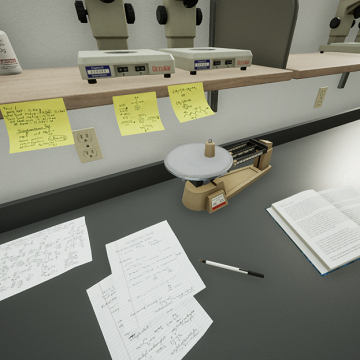Virtual Robotics Labs
Learn robotics with Virtual and Augmented Reality
Robotics is a rapidly growing field that requires a strong foundation in both theoretical knowledge and practical skills. With the increasing popularity of virtual labs, educators now have an innovative and effective tool for teaching robotics. Virtual labs provide a safe and engaging environment for students to learn about robotics, enabling them to gain hands-on experience with robots without the need for expensive equipment or physical space.
One of the primary advantages of virtual labs for teaching robotics is the ability to simulate complex robotics systems. This includes simulating robots, sensors, and other hardware components, which can be difficult and expensive to set up in a physical lab. Virtual labs provide a flexible and scalable solution, allowing students to experiment with different components and configurations to gain a deeper understanding of robotics concepts.
Virtual labs also provide students with the opportunity to experiment with different programming languages and algorithms. In robotics, programming is a key skill that students must learn, and virtual labs allow them to experiment with different programming languages and algorithms without the need for physical robots. This provides students with the opportunity to refine their programming skills and gain hands-on experience with different types of robots and robotics systems.
Another advantage of virtual labs for teaching robotics is the ability to collaborate with other students. Virtual labs allow students to work together on projects and experiments, even if they are in different physical locations. This encourages collaboration and knowledge-sharing, which can lead to deeper learning and a better understanding of robotics concepts.
Virtual labs also provide a safe environment for students to experiment with robotics. Robotics systems can be dangerous, and accidents can occur if students are not trained properly. Virtual labs eliminate this risk entirely, providing students with a safe and engaging way to learn about robotics without the need for safety equipment or training.
In conclusion, virtual labs are a valuable tool for teaching robotics. They provide a flexible and scalable solution for simulating complex robotics systems, experimenting with different programming languages and algorithms, and collaborating with other students. Additionally, virtual labs provide a safe and engaging environment for students to gain hands-on experience with robotics without the need for expensive equipment or physical space. As the field of robotics continues to grow, virtual labs will become an increasingly important tool for educators looking to provide students with the skills and knowledge they need to succeed in this exciting and challenging field.
By Sofia Indira Calderón Alvarez
Contact Us













